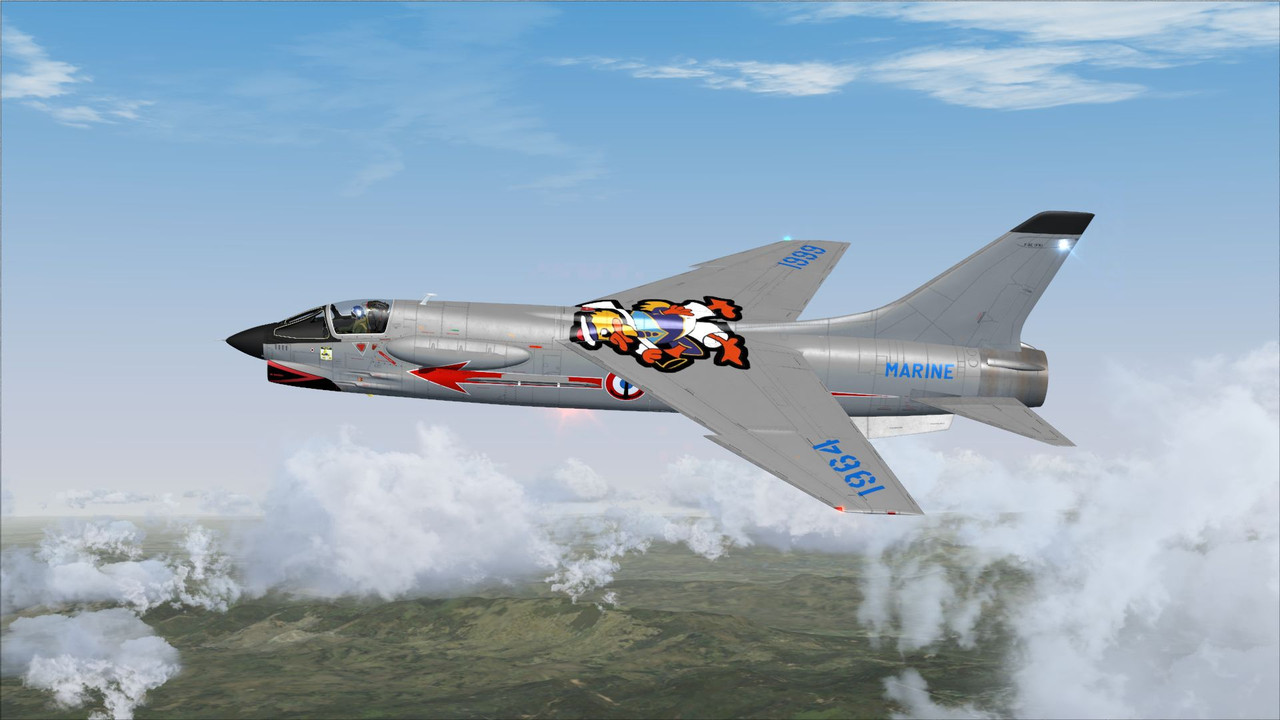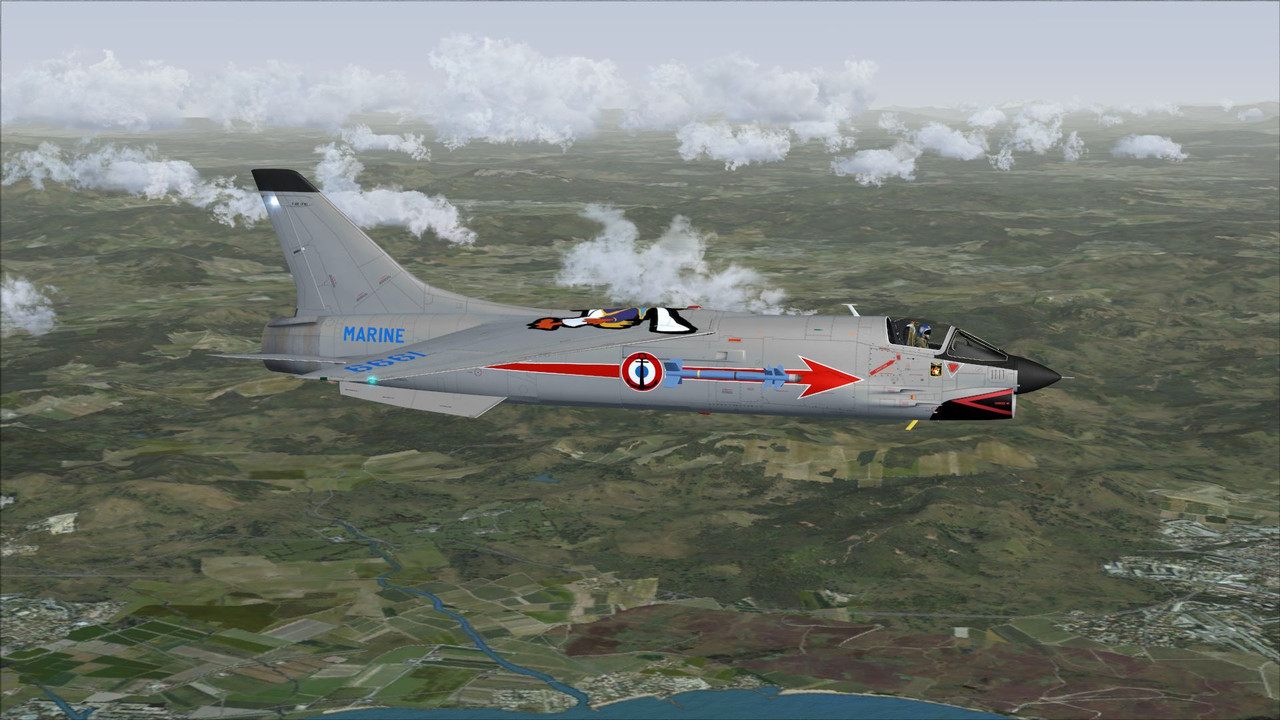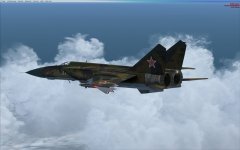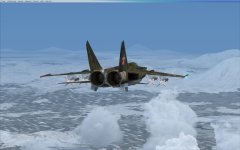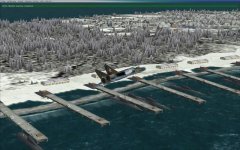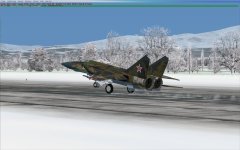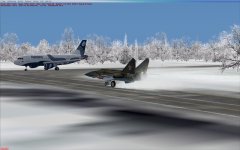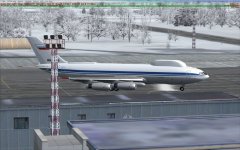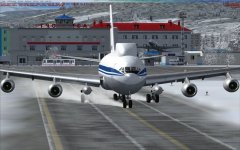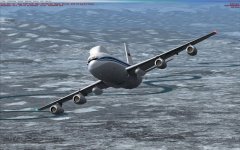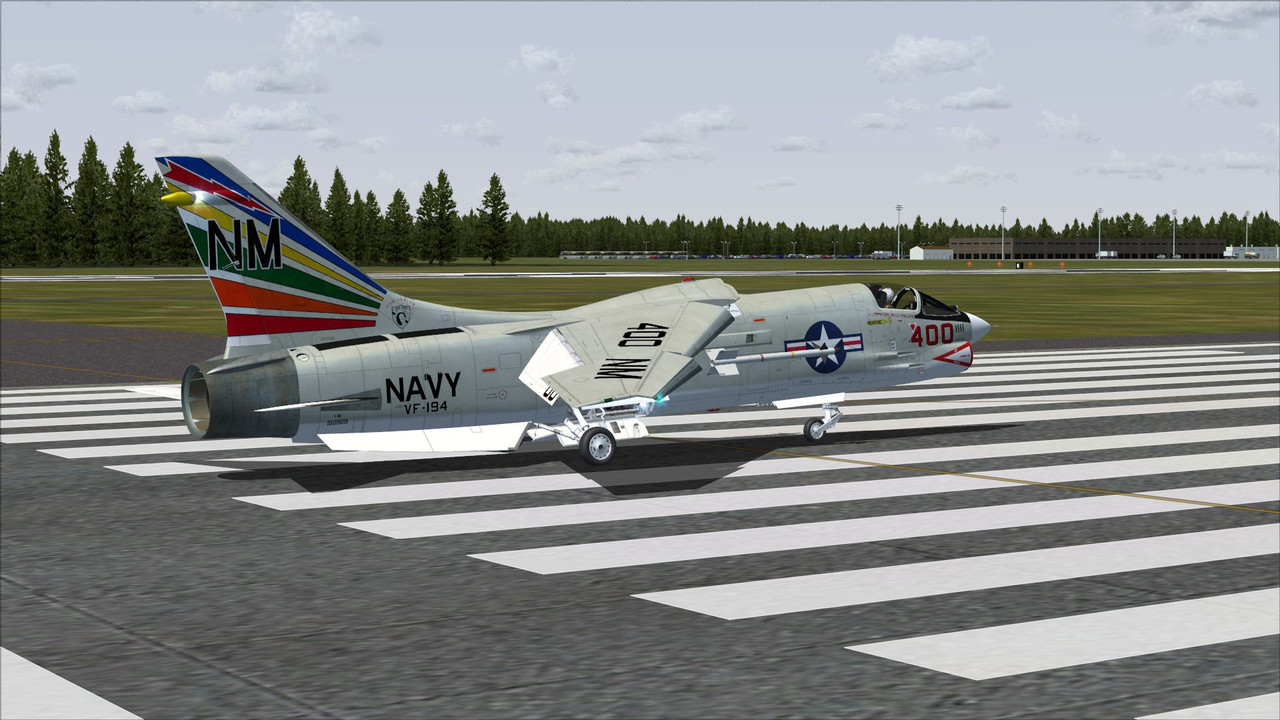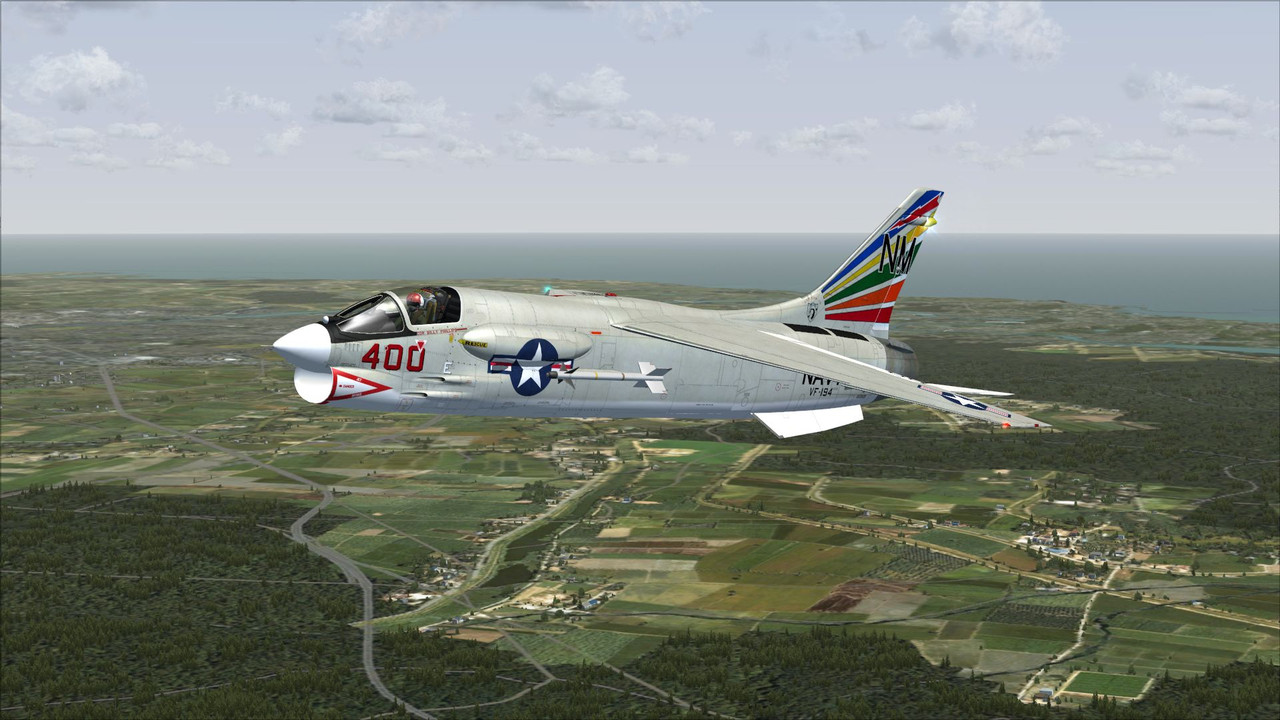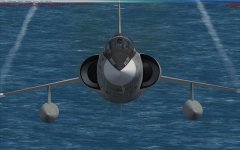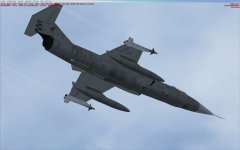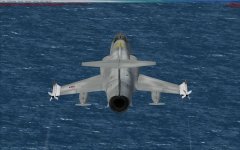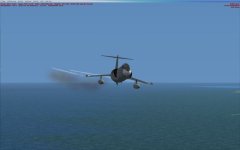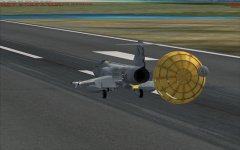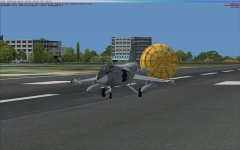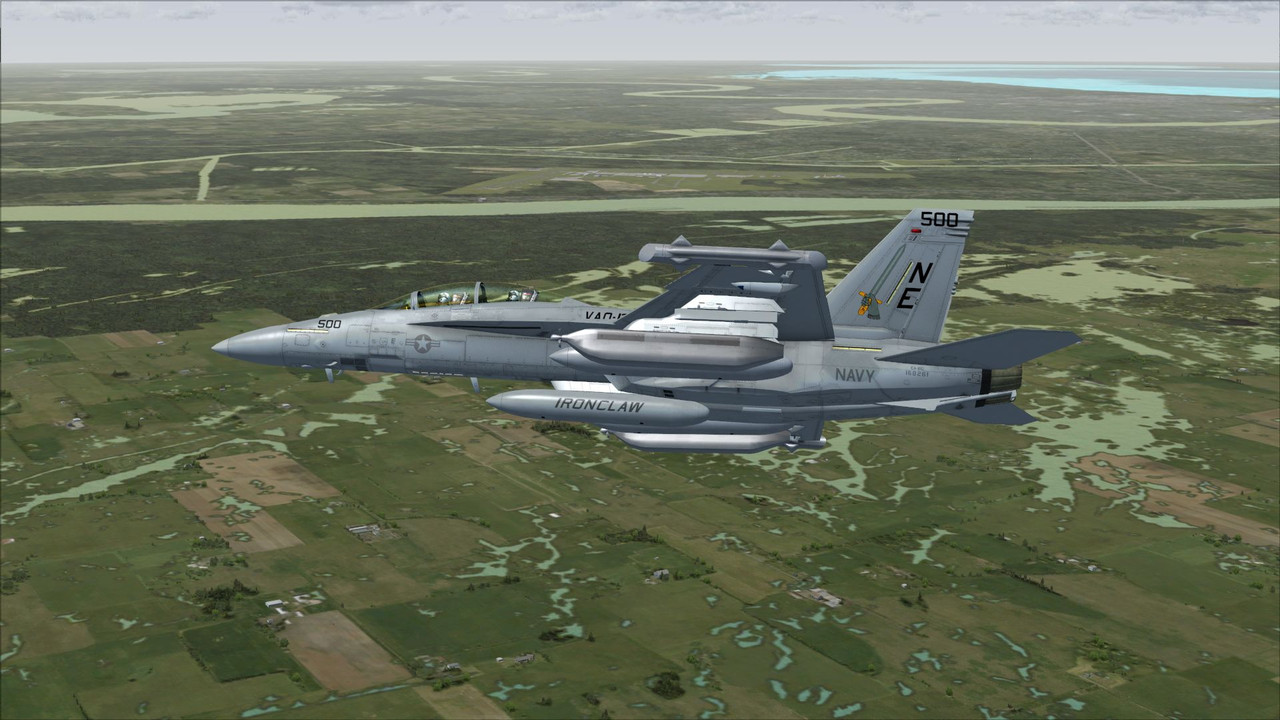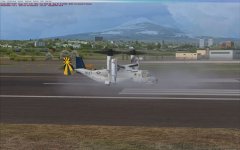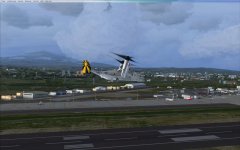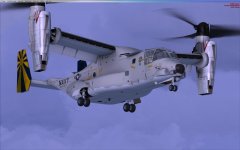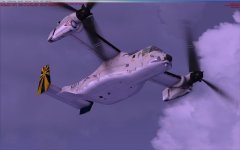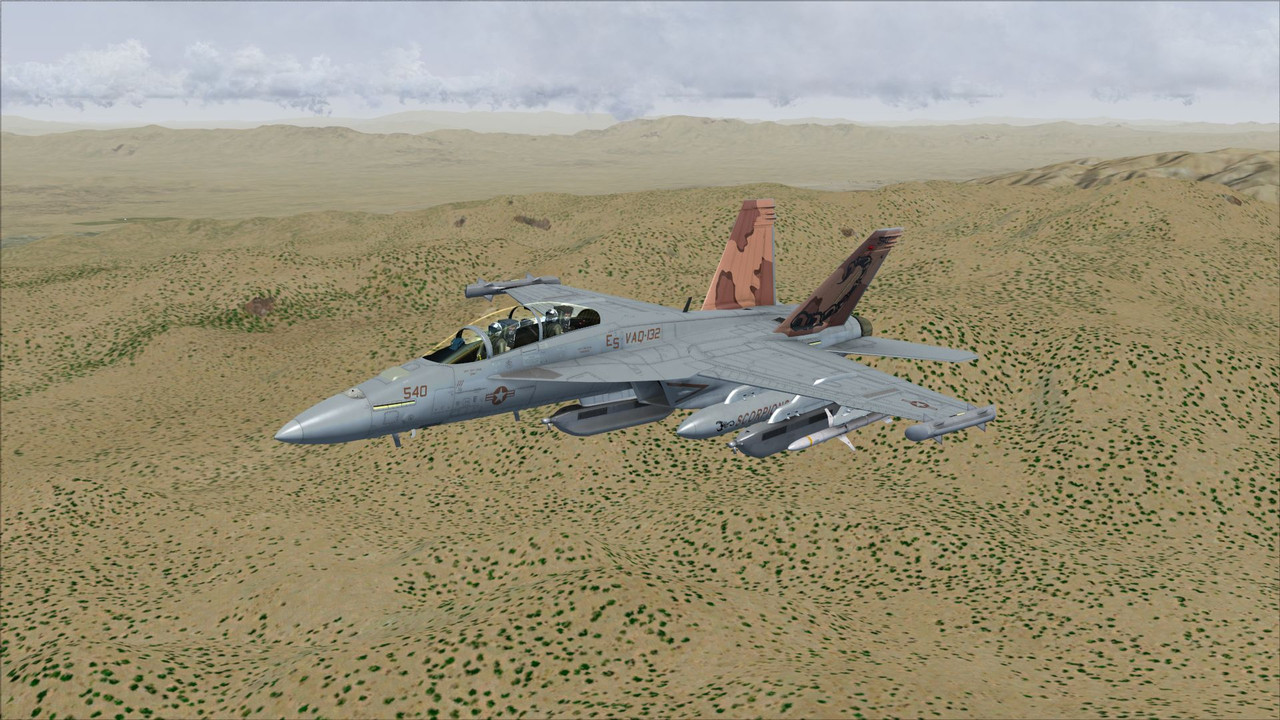-
There seems to be an uptick in Political comments in recent months. Those of us who are long time members of the site know that Political and Religious content has been banned for years. Nothing has changed. Please leave all political and religious comments out of the forums.
If you recently joined the forums you were not presented with this restriction in the terms of service. This was due to a conversion error when we went from vBulletin to Xenforo. We have updated our terms of service to reflect these corrections.
Please note any post refering to a politician will be considered political even if it is intended to be humor. Our experience is these topics have a way of dividing the forums and causing deep resentment among members. It is a poison to the community. We appreciate compliance with the rules.
The Staff of SOH
You should upgrade or use an alternative browser.
FSX Screenshots Here!!
- Thread starter Walter
- Start date
Attachments
-
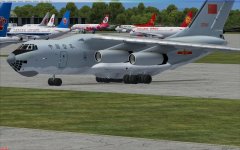 2020-3-20_21-0-4-337.jpg90.4 KB · Views: 6
2020-3-20_21-0-4-337.jpg90.4 KB · Views: 6 -
 2020-3-20_21-16-52-531.jpg61.8 KB · Views: 6
2020-3-20_21-16-52-531.jpg61.8 KB · Views: 6 -
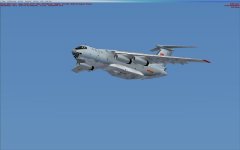 2020-3-20_21-16-58-618.jpg20.5 KB · Views: 1
2020-3-20_21-16-58-618.jpg20.5 KB · Views: 1 -
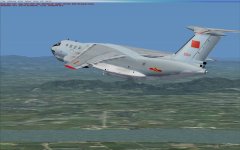 2020-3-20_21-18-23-171.jpg55.8 KB · Views: 1
2020-3-20_21-18-23-171.jpg55.8 KB · Views: 1 -
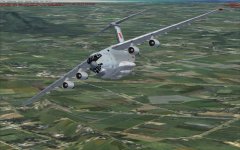 2020-3-20_21-19-11-605.jpg86.5 KB · Views: 6
2020-3-20_21-19-11-605.jpg86.5 KB · Views: 6 -
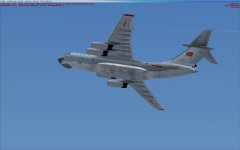 2020-3-20_21-20-15-488.jpg24.7 KB · Views: 6
2020-3-20_21-20-15-488.jpg24.7 KB · Views: 6 -
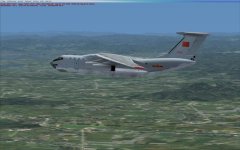 2020-3-20_21-20-49-516.jpg62.5 KB · Views: 6
2020-3-20_21-20-49-516.jpg62.5 KB · Views: 6
Bomber_12th
SOH-CM-2025
After the war, having been one of the number of German aircraft brought back to the US for evaluation, it ended up having its photo nose swapped with the fighter nose from another Me-262 during the evaluation period (the photo nose going to the Me-262 that is now at the Smithsonian). The photo nose is said to still be in storage with the Smithsonian, while they restored theirs back to fighter nose configuration. The late Paul Allen decided early on in the restoration of the FHCAM Me-262 that he wanted to keep the fighter nose on the aircraft, but with everything restored to 100% accuracy/authenticity, as it has been. On the aircraft today, you can still see the mounting locations on the fuselage for the aft fairings of the camera nose blisters. The aircraft was restored with brand new Jumo 004 engines, featuring original cores and restored original two-stroke starter motors. Beginning last fall, the aircraft has done numerous engine runs and some taxi tests, and has been moved to Moses Lake for flight testing that should commence sometime this year. https://www.facebook.com/watch/?ref..._id=f2f74534955c1e1e279d103d6f55ba55&q=me-262
Huub, that sort of reminds me of the paint scheme on the Flying Heritage & Combat Armor Museum's Me-262, which was also originally a "Me-262A-1a/U3" with photo recon nose, captured by the Allies at the end of the war at an airfield near Lechfeld, Germany. The blisters on the sides of the nose were required so as to make room for the large film boxes for the R6-50/30 cameras. Today, the FHCAM Me-262A-1a/U3 is restored with a standard fighter nose (that it has had since 1946), but has been finished in the same field-applied paint scheme it originally had at the end of the war when in U3 configuration. https://scontent.ffcm1-1.fna.fbcdn....=8962aad45a8fa3bf8eed95be56865310&oe=5E9A8C8E
After the war, having been one of the number of German aircraft brought back to the US for evaluation, it ended up having its photo nose swapped with the fighter nose from another Me-262 during the evaluation period (the photo nose going to the Me-262 that is now at the Smithsonian). The photo nose is said to still be in storage with the Smithsonian, while they restored theirs back to fighter nose configuration. The late Paul Allen decided early on in the restoration of the FHCAM Me-262 that he wanted to keep the fighter nose on the aircraft, but with everything restored to 100% accuracy/authenticity, as it has been. On the aircraft today, you can still see the mounting locations on the fuselage for the aft fairings of the camera nose blisters. The aircraft was restored with brand new Jumo 004 engines, featuring original cores and restored original two-stroke starter motors. Beginning last fall, the aircraft has done numerous engine runs and some taxi tests, and has been moved to Moses Lake for flight testing that should commence sometime this year. https://www.facebook.com/watch/?ref..._id=f2f74534955c1e1e279d103d6f55ba55&q=me-262
Hi John
Thanks for your reply. The wavy stripe pattern was quite common for the aircraft of "Nahaufklärungsgruppe 6" (Short range reconnaissance group). So its not uncommon that other Me262A-1a/U3 aircraft, like thge Flying Heritage one, had similar liveries.
I was aware of the Flying Heritage Me262A-1a/U3 and that it was painted in similar colours as TonyG's repaint. I have also been following the discussion whether you should fly a vintage aircraft with the original Jumo 004 engines.... But so far I hadn't seen any images of the engine tests, so thanks for the Facebook link (any thoughts about the light grey smoke escaping from the bottom of the engine?).
Its not that strange the Flying Heritage wants to keep their Me262 with a fighter nose, as it might originally has been built as a normal fighter. When you look at the picture from the aircraft below, you can still clearly see the gun ports from the guns which aren't installed (The single MK 108 gun was not present on all reconnaissance Me262 aircraft). Also interesting, White 34 was actually converted from U3 version into the normal fighter version.
Cheers,
Huub
delta_lima
Charter Member 2015
You had asked what I meant about a line version of VMF-323. Line versus the more decorated CO or CAG birds. So your -232 paint, for example is a regular line (regular squadron pilot’s) aircraft.
But I’ll take anything you do, and this 232 is a perfect example of what I was hoping for. Will be perfect for a WESTPAC cruise.
Thanks!
Bomber_12th
SOH-CM-2025
Hi John
Thanks for your reply. The wavy stripe pattern was quite common for the aircraft of "Nahaufklärungsgruppe 6" (Short range reconnaissance group). So its not uncommon that other Me262A-1a/U3 aircraft, like thge Flying Heritage one, had similar liveries.
I was aware of the Flying Heritage Me262A-1a/U3 and that it was painted in similar colours as TonyG's repaint. I have also been following the discussion whether you should fly a vintage aircraft with the original Jumo 004 engines.... But so far I hadn't seen any images of the engine tests, so thanks for the Facebook link (any thoughts about the light grey smoke escaping from the bottom of the engine?).
Its not that strange the Flying Heritage wants to keep their Me262 with a fighter nose, as it might originally has been built as a normal fighter. When you look at the picture from the aircraft below, you can still clearly see the gun ports from the guns which aren't installed (The single MK 108 gun was not present on all reconnaissance Me262 aircraft). Also interesting, White 34 was actually converted from U3 version into the normal fighter version.
Cheers,
Huub
At the time the FHCAM Me-262 was undergoing the engine runs and taxi tests last fall, the left engine was experiencing some very minor oil leaks, resulting in the smoke after the engine was warmed up. They weren't doing too much to try and resolve it at the time since the engine was needing to come off again anyway for some final work before it would be ready to fly (the right engine was performing flawlessly). The Jumo 004 engines it has features all newly-manufactured parts within the "hot section", using proper modern metallurgy to withstand the temperatures and stresses, unlike what the Germans had available to work with when they were originally manufactured. Unlike the originals, which wouldn't last more than 10-15 hrs max, these newly-manufactured Jumo 004's are fully expected to reach 250 hrs without needing overhaul, if not as high as 400 hrs, and the museum won't be operating it anywhere near that amount of hours (following the 15 or so test flights expected at Moses Lake, it likely won't be flying much at all once it is at the museum in Everett - possibly a flight or two each year if that). Interestingly, however, some of the engine accessories have been wearing out after a short time of use, which was no problem back in WWII since the engines would be replaced every 10-15 hours or less anyway. So the company and individuals who have been in charge of the engines for the aircraft have had to deal with/rectify items like that too. It has been amazing to see what they've been able to accomplish.
Not much is known about the Luftwaffe service of FHCAM's Me-262, but it is known to have made its first test flight with Messerschmitt factory pilot Otto Kaiser on March 14, 1945, at Memmingen, Germany. Due to their proximity, it is assumed therefore that the aircraft's final assembly took place at Leipheim and Burgau. As you mention, Huub, the U3 camera modifications were carried-out post-factory production. According to the noted FHCAM historian Cory Graff, the U3 camera modifications were most often carried out by Lufthansa at Eger-Cheb, Czechoslovakia.
jmbiii
SOH-CM-2025

Lockheed R5O-1, USCG V188 - Lodestar, MSN 18-2008, It was delivered May 14, 1940, and used as an executive transport for the Coast Guard Commandant Admiral Russell R. Waesche, Commandant during World War II. Powered by 1,200 hp (895 kW) Wright R-1820-97 engines. In 1946 it was withdrawn from service, sold and registered in South Africa as ZS-BAJ. Sold and registered in United States as N54549, Mar 13, 1951. Deregistered 1/30/2013.




modelr
SOH-CM-2025
Thank you. Will pick it up tonight when I get home, or when it becomes available.I'll upload it here tomorrow (as soon as I paint the glare shield on the nose). I didn't see it in the 1940 photo until I enlarged it to post.
Joe
Sent from my SM-G935R4 using Tapatalk

